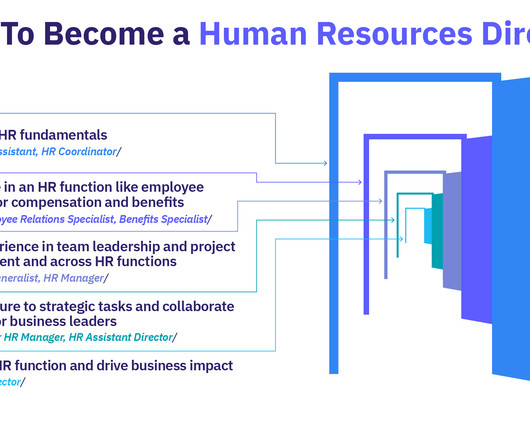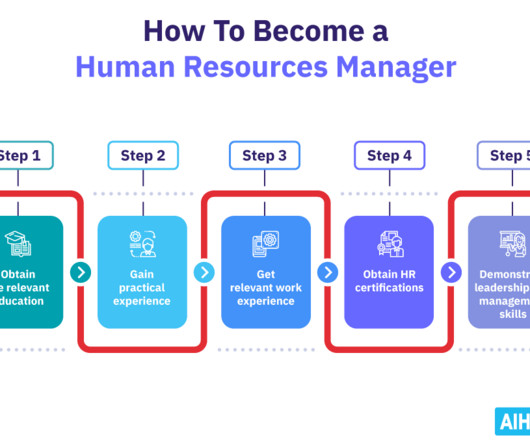Human Resources Director: Job Description, Skills & Salary
AIHR
OCTOBER 10, 2023
They also manage the HR staff, overseeing all employee-related initiatives, from recruitment and onboarding to managing performance, promotion, and conducting exit interviews. It covers topics like hiring and retention of employees, employment law and compliance, compensation, and benefits.












Let's personalize your content